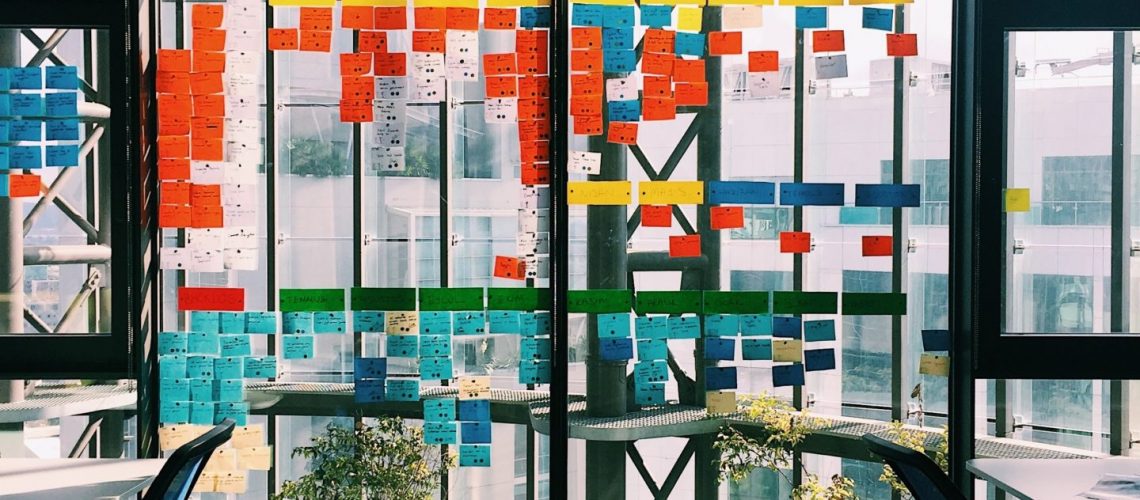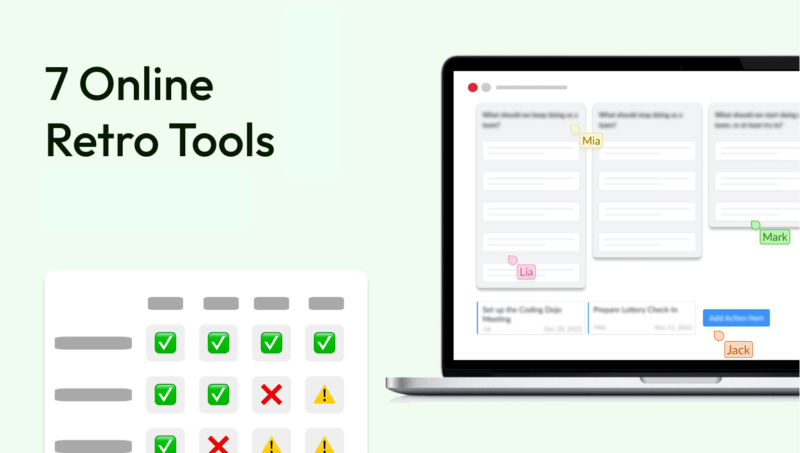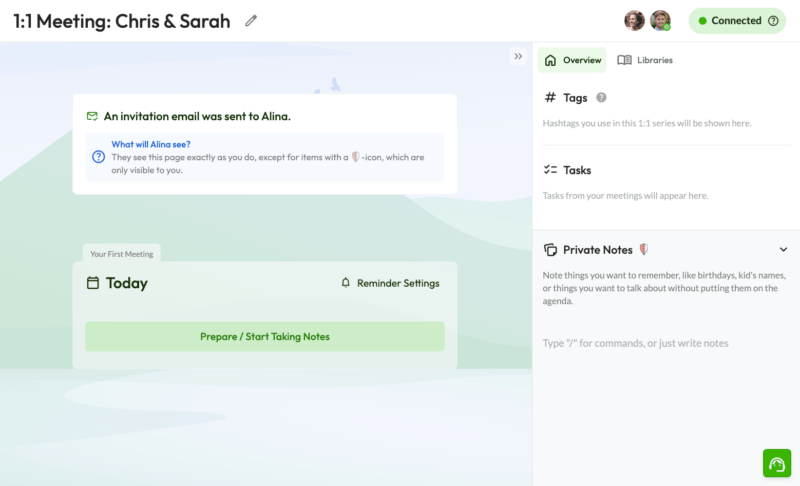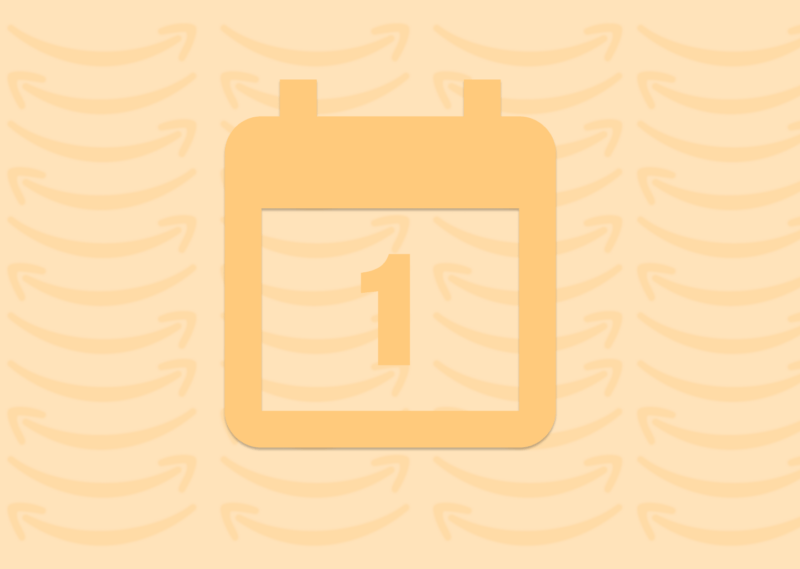Agility & New Work is on everyone's lips. Almost everyone is familiar with the Scrum framework and...
"As Scrum is to the agile team, SAFe® is to the agile enterprise."
Dean Leffingwell
So - what is Scaled agile framework SAFe®? Companies like Apple or Google seem to understand their work particularly well. Others, however, achieve less with the same prerequisites (products, resources...). What is the reason behind this?
One factor is certainly their agile way of working - not only at team level, but also at company level. But how do you use agile frameworks in scaled environments, throughout your whole organization? To give an answer, let us consider: What is SAFe® agile framework?
What is Scaled agile framework SAFe®
After all, a single team often can't solve the customer's needs and problems all on its own - at least not as quickly as it would take many teams. And this is where the SAFe® Scaled Agile Framework comes into play - it scales agile methods for many teams.
Ultimately, the goal of the Scaled agile framework SAFe® is not just to make a team agile, but an entire company; also called "business agility".
So what is SAFe® agile framework? It is a concrete system defining how to organize yourself - from team to management level - to become agile.
With SAFe, this can of course be done outside of the IT department as well (more about Agile outside of IT).
Before we go any deeper, a quick note. We recently had 11 international senior agile practitioners as guests in one of our webinars, asking one question: How do you scale agile methods the right way?
The result of this is the following fantastic video recording that answers some of the key questions when scaling agile, for example:
- Should you start your agile transformation rather bottom-up or top-down?
- How do you align leadership on a common goal and vision?
- How do you choose the right agile framework – and why is that actually not that important?
My recommendation: take a look! The video is rather long, but every single minute is worth it.
Scaled agile framework SAFe®: 7 focus areas
There are seven areas that the Scaled agile framework SAFe® focuses on:
- Team and technical agility: team roles and responsibilities are very well aligned.
- Agile product delivery: the goal is to deliver the best and most innovative product to the customer at all times.
- Enterprise solution delivery: You don't just create innovative products, you design a solution for every problem your customers have.
- Lean Portfolio Management: the "portfolio" of your projects is strategically planned - with short feedback cycles between planning and implementation.
- Organizational agility: working on the business processes and on the teams themselves with a focus on adaptability, competitiveness, and transparency.
- Continuous learning culture: embedded in the Scaled agile framework SAFe® and in the meetings that accompany it, the goal is to continuously learn at every level of the organization.
- Lean Agile Leadership: leadership should empower and serve people (Servant Leadership) and underpin the strengths of individuals. Working at eye level vs. hierarchies.
How do I organize myself in the Scaled agile framework SAFe®?
Department level: "Agile Release Trains"
Several agile teams work together in SAFe® and form the so-called Agile Release Train (ART). The role of “Release Train Engineer”, like a Scrum Master, accompanies all teams and processes in his Release Train. As a rule, around 52 – 125 people work together in an Agile Release Train, subordinated to teams.
Team level
Each team individually delivers customer value in small increments for each sprint (typically a two-week period). Together, all teams of the Agile Release Train deliver the so-called Product Increment (PI) at the end of 5 sprints or iterations (often one quarter) - i.e., a product feature that is useful for the customer is delivered.
Most Agile Coaches and Scrum Masters run in circles...
...fixing superficial symptoms. Time to use psychology to foster sustainable mindset change.
Company level
If a company has a few hundred employees, they would be divided into several agile release trains. The Scaled agile framework SAFe® is therefore a suitable solution for corporations or larger companies. The simple difference to Scrum is the number of employees involved.
Management level
In the Scaled Agile Framework SAFe®, the vision and the product backlog are defined by the management. With the help of methods like Design Thinking and Customer Centricity, problems and challenges of the customers are also solved on a management level - at least if "Full SAFe®" is applied.
By the way, you can find out more about the structure and organization or configuration of SAFe® and what levels there are in the framework depending on the size of the company best agile metric in this – the 4 levels of SAFe®.
This 5 minute explainer video here gives another nice overview of the Scaled agile framework SAFe®.
What is SAFe® agile framework: Other scaling frameworks
Based on our customer interactions with agile companies, we can say that the Scaled agile framework SAFe® is probably the most widely used framework for scaling agile methods.
Nevertheless, there are also some fault-finders of the framework. For more info, check out this article (with a provocative headline): "Beware SAFe® – an Unholy Incarnation of Darkness".
By the way, talking about agile transformation... one quick hint: Do you want to make sure that you are setting the right priorities in your agile transformation ?
Fill out our agile maturity assessment for your agile transformation – it only takes 3 minutes! You will even get a benchmark based on the more than 300 participants we already have. Have fun 🙂
By the way, other frameworks for scaling agile methods throughout the enterprise are LeSS (Large Scale Scrum), Scrum @ Scale and Nexus. You can find out more on each of these under the links.
Beware of this when implementing scaled agile frameworks
In our experience, the different frameworks have both their advantages and disadvantages. If you're thinking about adopting one of the frameworks to scale agile, here's what you should keep in mind:
- In the very first step, we advise an analysis of the overall situation in your company to understand exactly why (and if) you want to introduce scaled agile methods in the first place. Where is the pain or the core reason for the change? This serves as the foundation for...
- Preparing the management team - they must be 100% behind the change. The executive team is usually the core of any (agile) change.
- For the selection of the framework, the following applies: In the best case, you either choose the framework that best solves your problems. Or - in keeping with the agile philosophy - you pick the aspects from the various frameworks that you consider to make the most sense and iterate continuously or try out different forms of them on an ongoing basis.
- It is recommended to let experienced and qualified consultants accompany this change.
What is Scaled agile framework SAFe®: Conclusion
Hopefully the article gave you a brief overview of the Scaled Agile Framework. If you would like to learn more about the work of a SAFe Product Owner, have a look at our blog article regarding this topic here.
By the way, if you are still looking for a suitable retro board, our article can help you with the topic: Comparing the 6 best retrospective boards

The author: Christine Graf
Agile Coach & Scrum Master at be agile







